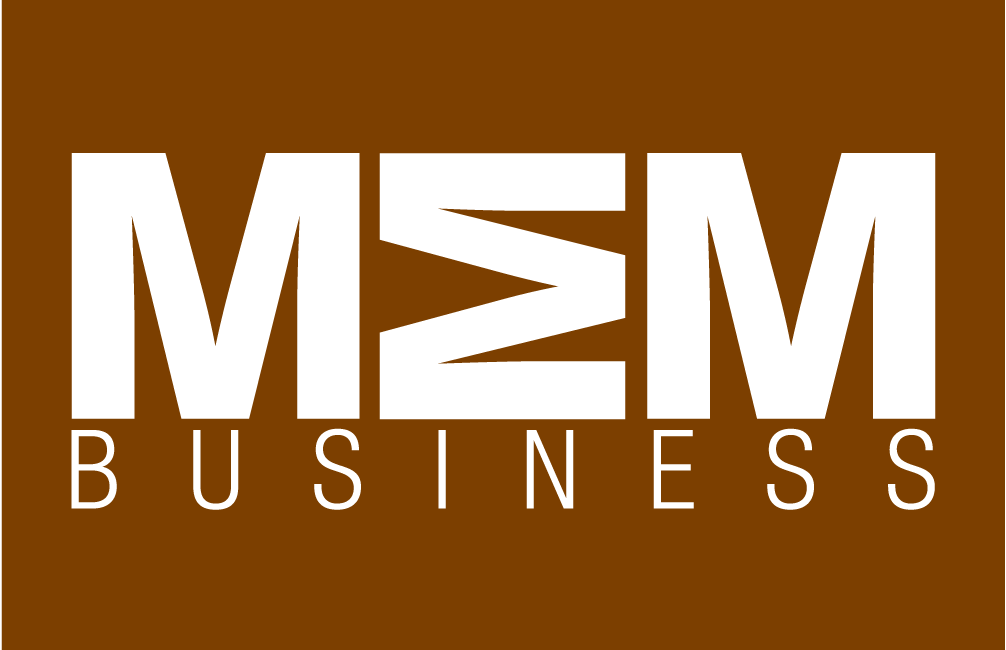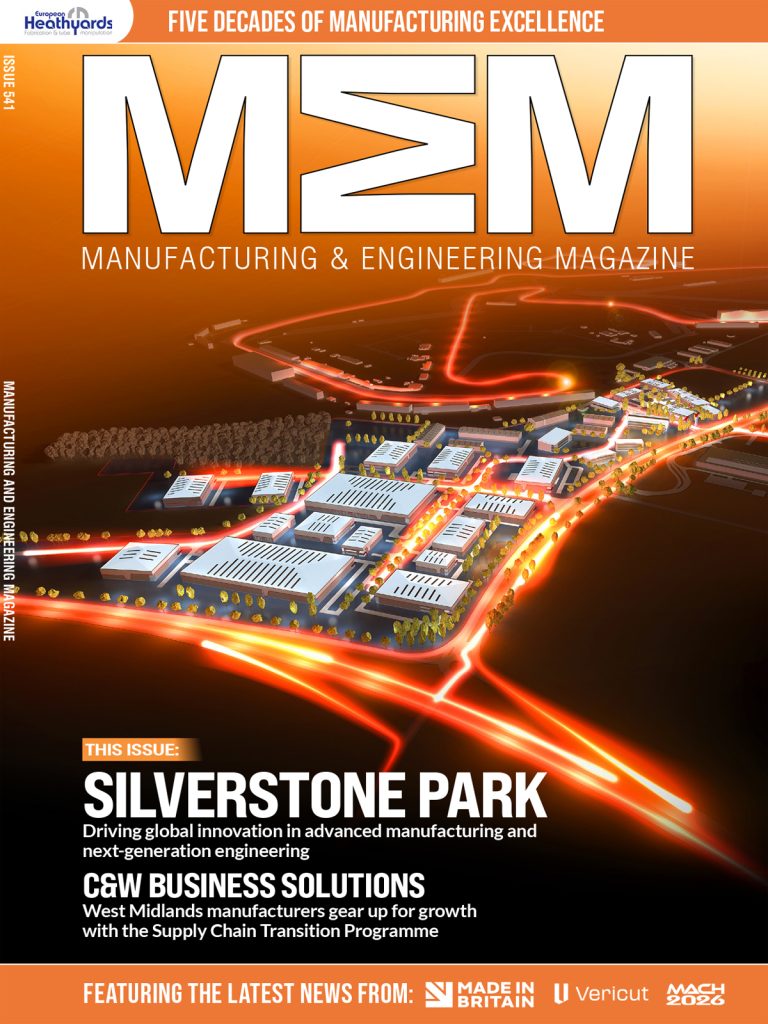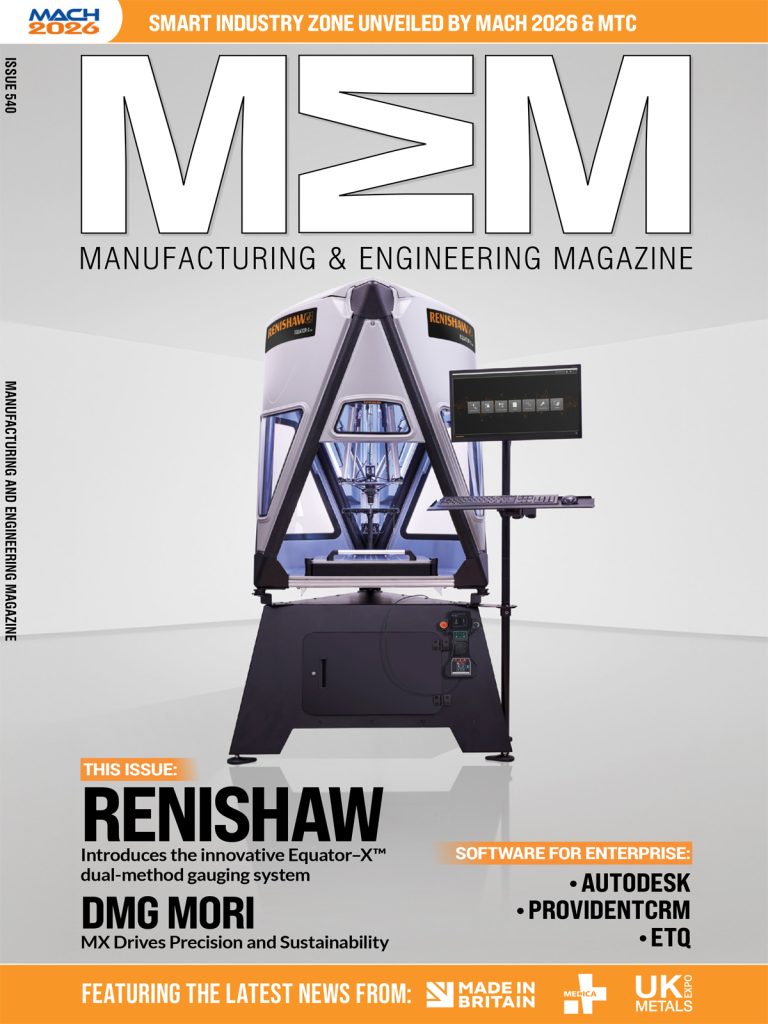Whitepaper – Vibration Damping In Engineered Designs : The Basics of Vibration and Damping in Engineered Designs
Vibration is the periodic back and forth motion of the particles of an elastic body or medium, commonly resulting when almost any physical system is displaced from its equilibrium condition and allowed to respond to the forces that tend to restore equilibrium. The motion may be periodic, as in the motion of a struck pendulum. Or the motion can be completely random, such as the movement of a tire across a rough road.
In physics vibration is understood as the oscillating, reciprocating, or other periodic motion of a rigid or elastic body or medium forced from a position or state of equilibrium.
In some specific cases vibrations can be desirable, as with the reed in a woodwind musical instrument. In many cases vibration is destructive. It can waste energy and create imbalances, friction and failure in mechanical device.
Vibration and sound studies are closely associated. Sound waves, are generated by vibrating structures. These pressure waves also induce the vibration of structures or systems. Attempts to reduce unwanted noise are generally related to issues of vibration.
Types of Vibration
Free vibrations – occur when a system is momentarily disturbed and free to move without restraint.
Consider an example, of a child pulling back on a swing and letting go. The mechanical system vibrates at one or more of its natural frequencies and eventually damps down to motionlessness.
Forced vibration – is when energy is added to a mechanical system, as in a system that is continuously driven by an external agency.
The periodic input can be a harmonic or a non-harmonic disturbance. A simple example is a child’s swing that is pushed on each downswing. Of special interest are systems undergoing simple harmonic motion and driven by sinusoidal forcing.
This causes the phenomenon of resonance. Resonance occurs when the driving frequency approaches the natural frequency of free vibrations. The result is a rapid take-up of energy by the vibrating system, with an attendant growth of the vibration amplitude.
Damped vibration is the depletion of energy. When a vibrating system is damped there is energy loss. Depending on the motion inputs and the application’s modes of vibration, damping can be through dry-friction interfaces, mechanical devices, and arrangements that use viscous damping, and the integration of elastomeric-engineered materials.
Viscoelastic materials damp vibration through a mechanism known as hysteretic damping. As these materials are distorted, internal friction causes energy loss. Damping vibrations helps manufacturers minimize equipment downtime and boost system efficiencies.
Manufacturing & Engineering Magazine | The Home of Manufacturing Industry News













